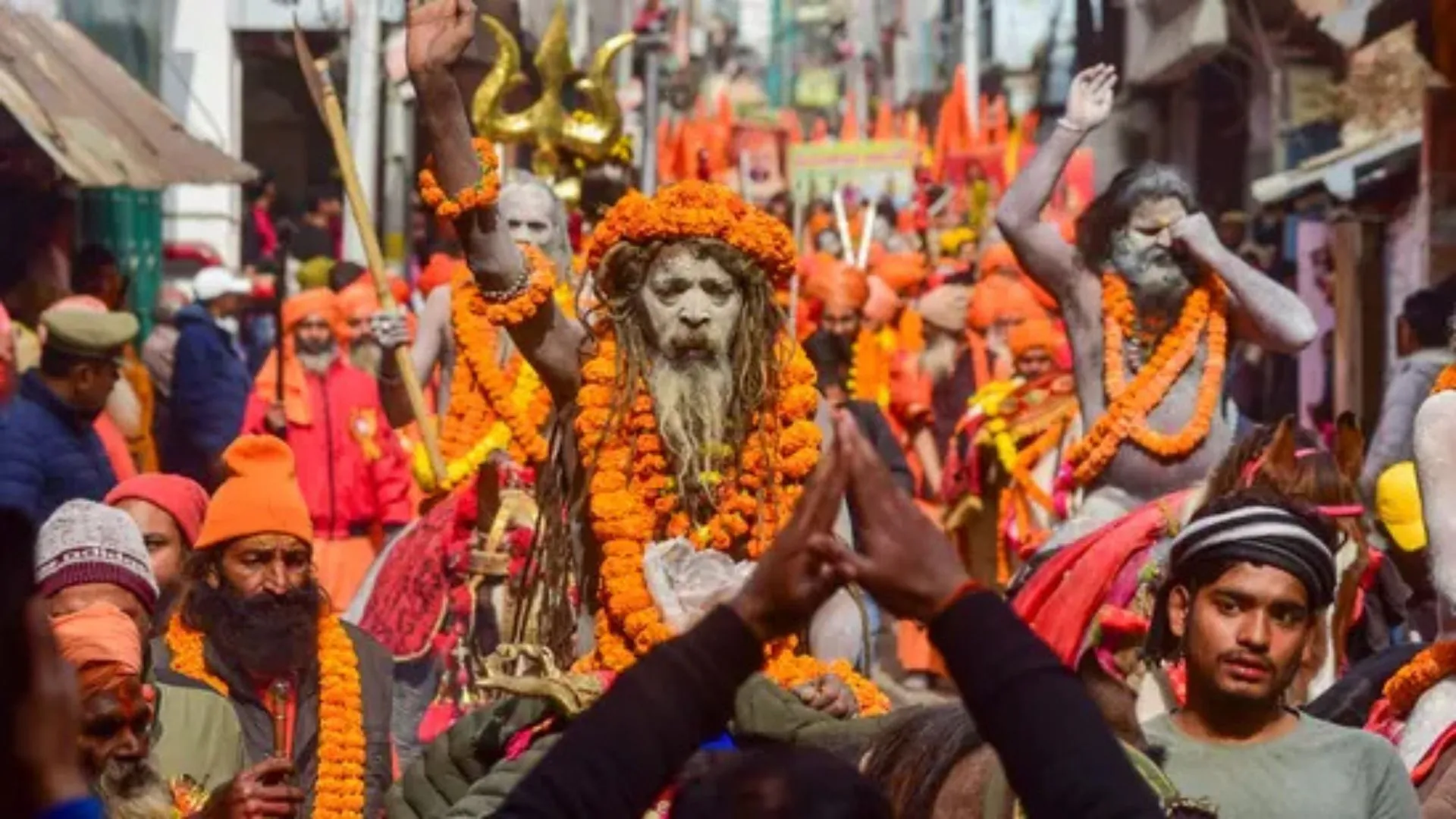We often advocate for eradicating negativity at its source. Yet, there is a contradiction in the famous saying, ‘Buraai ko jar Se Khatam Kar Do’ (eliminate evil from its roots), a principle central to Sanatan Dharam, a Hindu belief. During a visit to ancient Egypt, I explored the Kom Ombo temple, which is dedicated to two brothers, Horus and Sobek.
While Horus was revered as good, Sobek was considered the opposite. The people worshipped Both brothers equally, including a visit from Alexander the Great. The temples were replicas; this was a strange reasoning given by the Egyptologists accompanying them in explaining the details of the archaeological site’s significance and history. I was told a story about a battle where the excellent brother Horus emerged victorious against the bad one Sobek but was instructed not to kill him, as the coexistence of good and evil was deemed necessary. This notion prompts reflections on the recurring presence of evil, even in Hindu mythological narratives.
Pursuing moral righteousness entails positive and negative facets, with embracing affirmative attributes leading to personal advancement and surrendering to negative traits triggering regression. In the phrase “Satyam Shivam Sundaram,” Shivam epitomises virtue.
Historically, evil spirits existed during the era of the Devas, prompting the Rishi Munis to implore divine protection against interruptions by the Asuras during their rituals. Despite being able to obliterate the Asuras permanently, divinity refrained from doing so, sparking dialogues on positive and negative polarities. Human nature comprises intrinsic qualities, and situations often arise where goodness and malevolence closely intertwine, confounding the delineation of morality relative to individual perspectives and expediency. The ultimate purpose of existence lies in pursuing virtuous living, underscoring the significance of Shiva’s endeavour to promote righteousness. The notion of “Kalyan” transcends the mere attainment of heavenly bliss, encompassing the cultivation of moral rectitude by mitigating unfavourable tendencies and amplifying favourable ones. Ravana’s hubris and inability to relinquish the humiliation suffered during Sita’s swamvar contributed to the propagation of adverse characteristics within him.
When Laxman, Ram’s brother, insulted Ravan’s sister, Supnakha, his actions catalysed Ravan’s subsequent pursuit of retribution. His retaliatory actions nullified the positive impact he had previously made in his life, leading to his undoing. He was a knowledgeable scholar, Brahmin. It warrants contemplation whether Ram would have attained deific status without his pivotal clash with Ravana. We commemorate Dussehra and laud the vanquishing of Ravana alongside the coronation of Ram as the ruler of Ayodhya during Diwali. The revered epic Ramayana is a religious tome that delineates the intrinsic interplay of good and evil and imparts guiding principles for aspiring exemplary leaders, spouses, offspring, and confidants.
The historical conflict between the Kauravas and the Pandavas gave rise to the epic Mahabharata and the profound teachings found within the Gita. These revered texts continue to offer timeless wisdom, resonating across generations. The epic also highlights the characters’ flaws, such as Bheeshma’s decision to remain silent while witnessing Draupadi’s public insult. It also raises thought-provoking questions about individuals’ choices and alignment with justice and injustice.
Duryodhana’s behaviour exemplifies The bad in Kourava to the extent that even God had to manifest as Krishna to address it. This behaviour was driven by ego and deception, which consumed Duryodhana’s soul. Despite this, his only commendable quality was his unwavering loyalty to Karna. We often find wrongdoers possess some excellent qualities; similarly, even the most reasonable individuals have flaws. Perfection is unattainable, as we are inherently flawed. Our goal should be to recognise the good in others while addressing our imperfections, and it’s believed that God always strives to transform evil into good. Asuras also seek redemption, hoping to become virtuous one day. Countless untold stories exist of such transformations, unbeknownst to us.
We often tend to notice only the extraordinary occurrences while overlooking the mundane aspects of life. The imperfections capture our attention as they give rise to conversation and contemplation. However, if a virtuous individual makes a mistake, their positive traits can become overshadowed. It’s essential to recognise that failure to meet expectations should not come as a surprise, as there are no guarantees in life. Each person’s actions are contextual and influenced by their justifications. While people may have different aspirations and motivations, the ultimate goal is often universal: pursuing peace and contentment in this tumultuous world and the hereafter. Thus, finding contentment holds greater significance than merely abiding by honesty, ethics, and morality.
Every individual possesses a duality of both virtuous and negative traits. While most individuals naturally keep their darker tendencies at bay, external factors can trigger the emergence of these negative attributes. This could occur intentionally, for the pursuit of wealth, power, or the fulfilment of unbidden desires, or as a result of deeply rooted motivations such as seeking retribution for injustice, committing a crime, or engaging in honour killings. It is startling how a solitary misdeed can swiftly taint a person’s previous virtuous nature and brand them as criminals.























